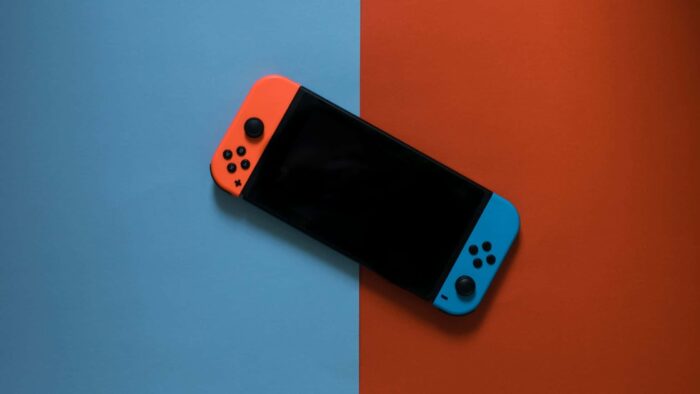Every year, many coders develop interesting mobile games, but some of them are liked by gamers. There can be many reasons behind the failure, like lack of creativity, uniqueness, marketing, etc. It is not easy to get into the gaming world and develop something to satisfy your audience.
Nowadays, players expect too much when they try any new game. It is crucial to understand your audience and find what they want. As a Mobile Game Developer, you must know various tactics to develop a successful gaming app that withstands the competition and lets you earn profit.
You must follow some tips that help you in the successful development process of a mobile game. Your application must beat the competition and appear differently in the play store. You will see the difference when you follow the mentioned tips and prepare yourself to survive in the gaming industry.
1. Do Market Research

Source: blog.i2mf.in
For successful game development, it is a must to research the market very well. Lack of market research is a common reason why many developers fail. They do not know what is happening in the gaming world, and they develop any application randomly.
When you do thorough research, it becomes easy to develop business strategies for developing a perfect app that everyone likes. Preparing a game model and further analysis is mandatory to improve it. Once your research is done, you must focus on the engaging game layout and work on further development.
2. Determine the Purpose for Game Development
Generally, games are developed with the purpose. Generally, many companies focus on game development to get data regarding player experience. It is a perfect way to engage customers and connect with the brand.
Another purpose is to generate revenue due to ads, paid versions, additional features, etc. Some companies develop games and allow players to play them for free. It is a part of marketing; hence, it helps connect consumers.
3. Set Up the Monetization Model

Source: glimpse.me
If your purpose for game development is to make money, then it is better to build a perfect monetization model for your gaming business. Whenever any player installs your application and plays any activity, you will get something in return to crack the deal.
It is not about selling services or providing paid memberships. Your monetization depends on your preference, such as ads, purchase options for additional features, providing premium versions, etc. You can generate revenue in different ways with your games.
4. Concentrate on the Main Element of the Game
Many game developers experience failure when they focus on different elements and work hard to achieve their goals. Instead of focusing on different elements, you can pay attention to only one.
If you try to do some of the work on that element, the rest of the job will automatically be completed. It happens because of the impact of the work that you have already done. It will help minimize overall development time, resources, and efforts.
5. Focus on Graphic Design

Source: gameanalytics.com
Nowadays, high-quality graphic games are developed by experts to get the attention of gamers across the globe. It is better to focus on your graphic designs if you are also working on such a project. The game development depends on programming code for UI and UX design.
You need to develop high-quality and unique graphics depending on your chosen platform. But your application should be small and easy to download. It should be accessible to every gamer, and everyone can play the game on their mobiles.
6. Pick the Perfect Development Technology
A gaming application is developed in a certain programming language, and choosing the latest technology for your project is necessary. You need to download all the essential tools in your system and prepare yourself to write codes.
You can often find the readymade codes and add them to your project. Depending on your genre, you must decide the platform that will be suitable for your application. It should be available for the targeted audience, and it must be available for downloading from the play store.
7. Approach Your Audience
To develop a successful gaming application, you need to know what your audience expects from you. Therefore, it is better to approach your targeted audience and know what they want in your upcoming gaming project.
Depending on your customers’ requirements, you can decide on your project’s features, layout, platform options, and everything. If you have developed any prototype, you can present it and ask for feedback. It will help improve different things in your project and provide more satisfaction to the players.
8. Do Marketing Along with Development

Source: blog.ascentconsults.com
It is a necessary thing that many game developers do not prefer to do. Everyone will feel excited to try your game when you market your upcoming project. You can share a few details regarding the game that keeps your audience waiting for the release. It is a perfect way to get publicity and get the attention of everyone for your project.
The audience will ignore other competitors and wait for your project. Once you release the application in the market, the audience will try it. This way, many people will download the app and play the game you created in previous months.
The Bottom Line
You must follow all the tips to successfully develop a gaming application for mobile users. You must know about the common reasons why most game developers experience failure. With these tips, you can avoid basic mistakes and focus on your goals.
You can bring your gaming vision to reality once you know how to compete against other developers in the market. Due to the highly competitive gaming industry, it is quite complicated to survive.
But you can give it a try to reach your audience and public attention through your game development. The entire process starts with thorough research and ends with proper marketing strategies. The proper process will help you get success in this gaming world.




